HOW TO CHOOSE YOUR TRAIL RUNNING SHOES: CHECKLIST
Choosing the perfect pair of trail running shoes is a key factor. You need a precise checklist because they will be your best training partner. The purchase of the shoes must be made both according to your annual sporting goal (races and distances in km) and the type of competitions. Furthermore, each outdoor environment requires a different shoe: High mountains, Apennines, hills, hard (like in Spain) or muddy terrains (like in Great Britain) require specific footwear.
If the shoe is not suitable, the body often reacts by sending precise signals, first mild and then increasingly intense, usually located in your knee, Achilles tendon, ankle and under the sole of the foot. Stop and think, if the culprit is not, by chance, your loved one!
Also consider your starting physical conditions, if you are fit or, due to the COVID, slightly overweight or just got out of an injury. In these last two cases, go for greater cushioning or additional insoles.
So don’t get be too much in love with your favorite shoes. The more you get older or you suffer from small or prolonged physical problems, the more important it is to change your shoes often. At 600 km start thinking about the next purchase and do not hesitate to replace your trail running shoes! … if the separation is difficult, use them for trekking or to play with your children!
But what are the elements to consider to make the right choice in the purchase? Here is our checklist to choose the perfect trail running shoes for you:
- Number: it is often suggested that you take one number more than your walking shoes. In principle it is correct, but the best thing is to consider the length in cm of your foot from the tip of the thumb to the heel (read about finding your perfect shoe number here: trail running shoes size)
- Fit: inside your shoe there should be a space of approximately 2.5cm from where the foot ends and the toe. The heel and the middle part of the shoe must wrap the foot. The buttress must be soft or, in any case, the area that adheres to the intersection with the Achilles tendon should be covered with soft fabric to avoid excessive chafing and tension when running uphill
- Drop: recommended between 6mm and 8mm up to a maximum of 10mm for very long distances. To avoid the 0mm and 12mm extremes that create changes in the biomechanics and possible injuries (read the characteristics of the different drops here: drop trail running shoes)
- Tongue and lacing: shoes with 2 final holes at the top are better. These holes allow you to make a noose lacing and a tongue in which you can insert the knotted laces prevent them from getting entangled in branches or rocks while running
- Sole: varies according to the terrain and for this reason, it is however recommended to have 2-3 different trail running shoes. For soft and muddy ground you need wide grooves and spaced cleats, for hard and rocky soil, hard and close cleats
- Weight and cushioning: trail running shoes oscillate, in the men’s version from 340g to 250g. Lightness is an important element but it must be related to body weight, running biomechanics of the athlete and the distance of the competition. In no way should the weight affect the level of cushioning.
- Elasticity and reactivity: these are two elements that go together. If the shoe is not elastic it cannot be reactive. To evaluate the elasticity, just take the toe and heel and bend the shoe, continuing, twist it to the left and right and evaluate the result
- Price: more expensive does not mean better. Judge the shoe by its attributes, not its price
More info… .. talk to one of our Coaches… ..REQUEST an appointment: info@trailrunningmovement.com
DOWNLOAD our mini guide: MINI GUIDE TRAIL RUNNING TRAINING
best trail running shoes, grip, trail running gear, trail running shoes, trail running shoes advise, trail shoes, vibram



